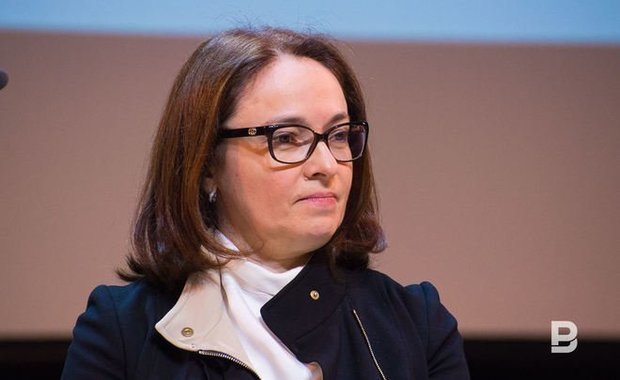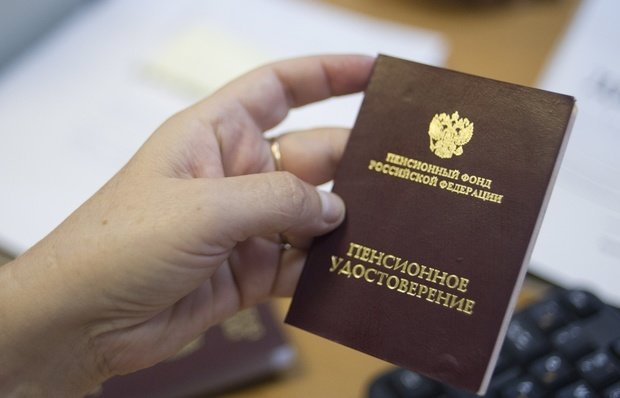VEB outplays non-state pension funds: state fund turns out to be twice as profitable
Profitability of placement of pension savings in 2017 fell twofold. Some non-state funds unsuccessfully managed the money of citizens
The Central Bank of Russia reported that in 2017 the average yield from the placement of funds by non-state pension funds decreased twofold. The reason is the problems of a number of non-state pension funds (NPFs), which unsuccessfully administered the savings of citizens. Thus, it was more profitable to be ''undecided'' and automatically transfer funds to VEB's management. Experts say that this year the results of non-state funds are likely to be better, although it is unlikely to be prohibitively high. Read more details in the material of Realnoe Vremya.
The ''undecided'' win
Last year, non-state pension funds (NPFs) managed to increase the funds of citizens who were under their control — the average return on investment of this money was higher than inflation. According to the Central Bank, at the inflation rate of 2,5% in January-December 2017, the yield from the placement of pension savings was 4,6%, and from the placement of pension reserves – 5,4%. But it looked much worse in dynamics: compared to 2016, the yield fell almost twofold — that time it reached 9,6% by pension savings and 10% — by reserves.
Thus, the profitability of private funds was approximately twice lower than that of Vnesheconombank, where pension savings of the ''undecideds'' (those who left savings in the Pension Fund of Russia) are transferred. According to the Bank of Russia, the yield on investment portfolio of state VEB in 2017 amounted to 8,6%.
As the Central Bank points out, the overall decline was due to negative returns of individual funds associated with banks fallen under rehabilitation. For example, three NPFs of the financial corporation Otkritie — Lukoil-Garant (yield — minus 5,3%), RGS fund (minus 2,9%) and NPF ElectroEnergetiki (minus 1,7%) unsuccessfully administered the savings last year. In addition, the fund Buduschee had a negative yield (minus 2%), it is also associated with Otkritie group.

The situation at NPF Elektroenergetiki and at Lukoil-Garant did not improve in the first quarter of 2018 either: the negative yield amounted to 9,3% and 0,8%, respectively. RGS fund showed a positive yield at 6,3% per annum.
A number of NPFs had better results than the average. For example, in 2017 the yield from placement of savings was 9,78-9,91% (depending on pension scheme); NPF Sberbank invested pension reserves with a yield of 8,16%. Natsionalny NPF's yield exceeded inflation more than fourfold: it was 12,15% for pension savings, 11,53% — for reserves.
Last year, the yield was low, largely due to poor results of those funds that placed funds in shares of banks sent for rehabilitation, agrees managing director of insurance and investment ratings at Expert RA Agency Aleksey Yanin. ''Individual funds with high-quality investment portfolio showed better results. I believe that this year such extreme events are not expected, and the funds in the market as a whole should show results above inflation,'' says Yanin. ''Although we should hardly expect particularly high investment results.''
NPFs invest in the state
Last year, NPFs sharply reduced investments in corporate sector, especially in banks, and at the same time, began to invest more actively in government securities. Over the year, the volume of funds placed by them in state securities increased by 385 billion rubles (to 537 billion), and the share of such assets in the total portfolio of funds increased more than threefold — to 21,8%. In general, the share of investments in the public sector has increased more than twofold — from 10,2% to 25,7%.
''The change in the structure of NPF portfolios in the direction of increasing the volume of ownership of state and municipal bonds indicates the understanding of management companies and funds of potential risks in the economy and financial markets in 2018,'' the press service of Natsionalny NPF reported. ''It is the shift of the funds' interests towards less risky bonds that will allow us to hedge against possible negative trends in the economy (increase in inflation, sanctions) throughout 2018. The fund considers this to be the right trend in the face of increased uncertainty in the financial markets.'' Other market participants at the time of publication did not answer the questions of Realnoe Vremya.

The share of investments in corporate shares decreased by 4,5 percentage points (to 12,8% of the portfolio), in bonds — by 2 points (to 48,2% of the portfolio). ''At the same time, NPFs withdrew from bank assets. The volume of funds on deposits decreased by 77,2 billion rubles, to 156,7 billion rubles,'' the Central Bank stated. As a result, the share of deposits in the structure of pension funds placed decreased by 4,5 percentage points to 6,4%.
At the same time, the NPF's total investment portfolio grew by almost 13%, amounting to 3,68 trillion rubles by the end of 2017. In general, the amount of pension funds transferred to NPFs and the Pension Fund of Russia exceeded 5,58 trillion rubles, its year-on-year growth – 5,7%.
The number of insured citizens who form savings in the funds reached 34,3 million by the end of 2017 — it is by 15% more than the year earlier. The non-state pension funds for the last year became by 8 less (they were 66 at the end of the year). The Central Bank notes that this is due to both the strengthening of supervision and the consolidation of a number of NPFs. By the way, the consolidation continues. Earlier this year, Otkritie group filed a petition to the FAS on joining of NPF Elektroenergii and RGS with Lukoil-Garant.